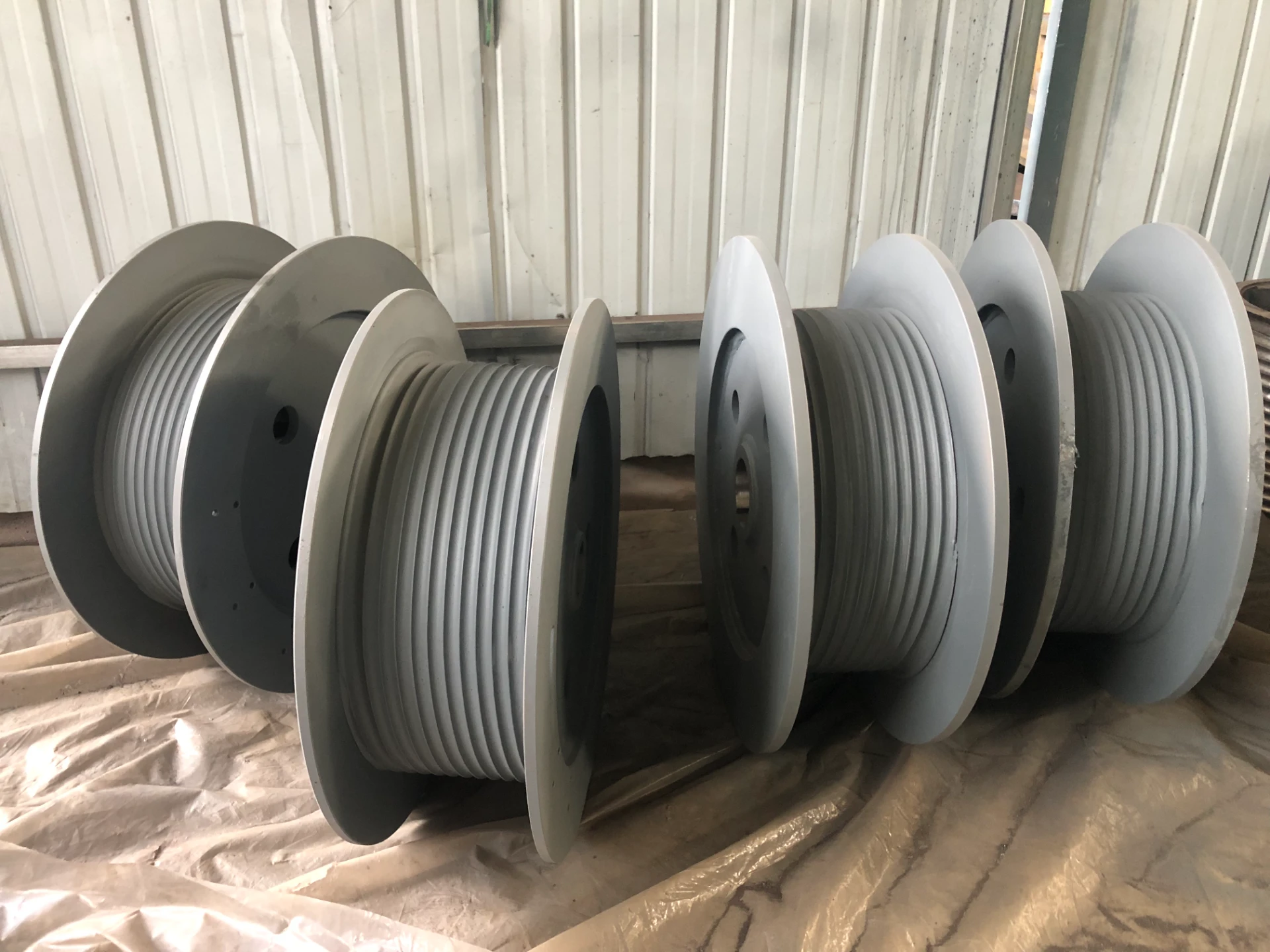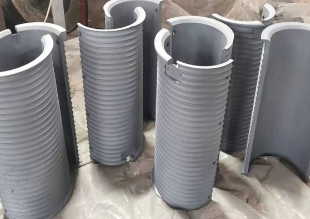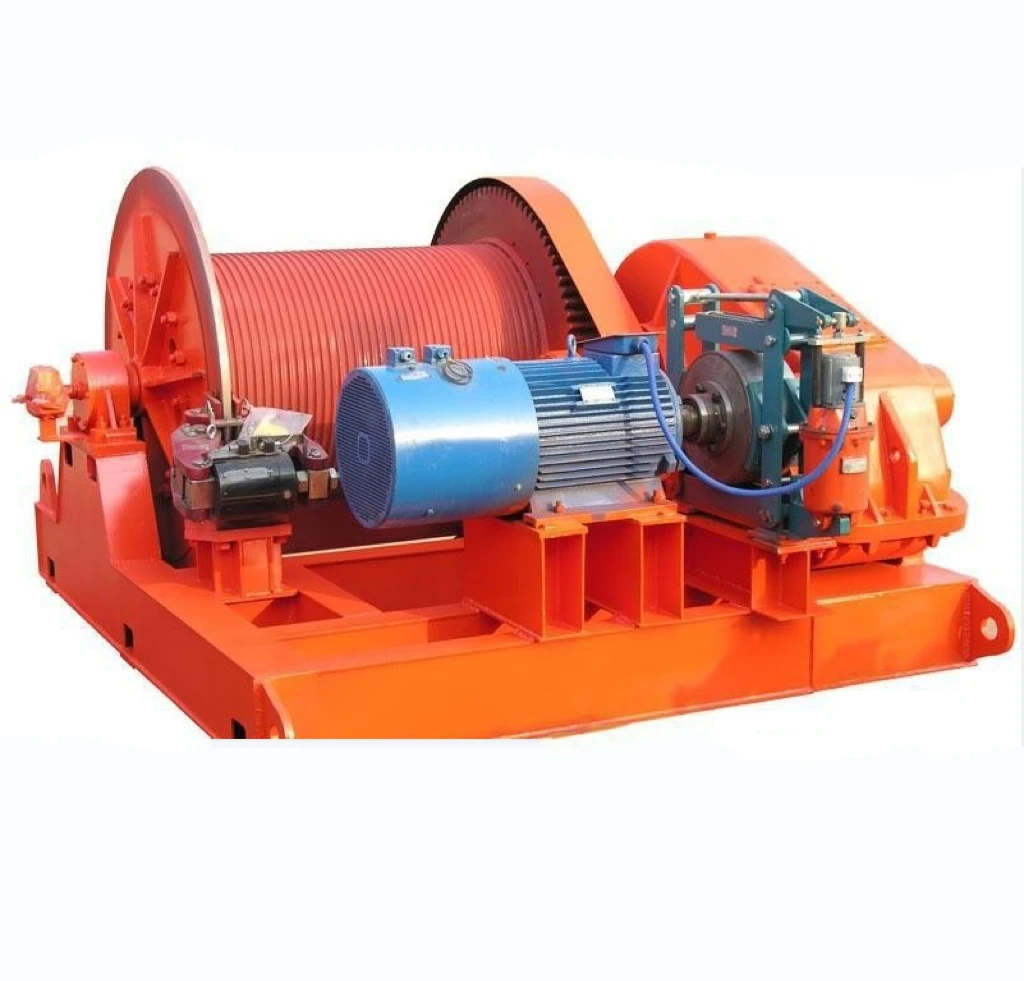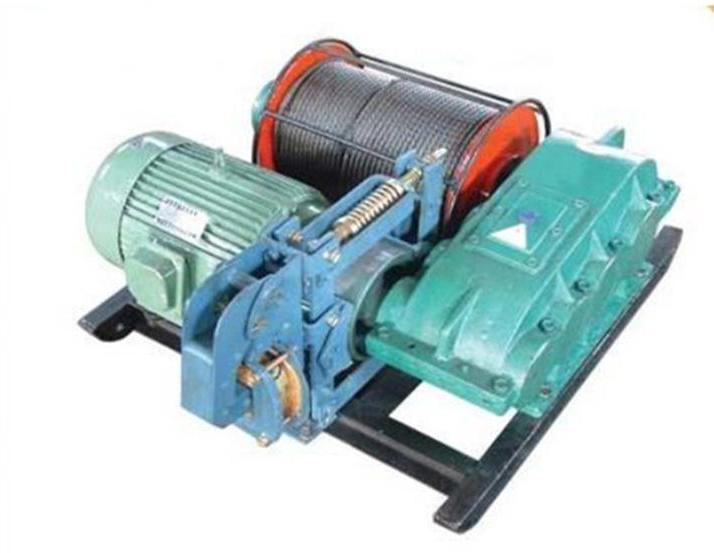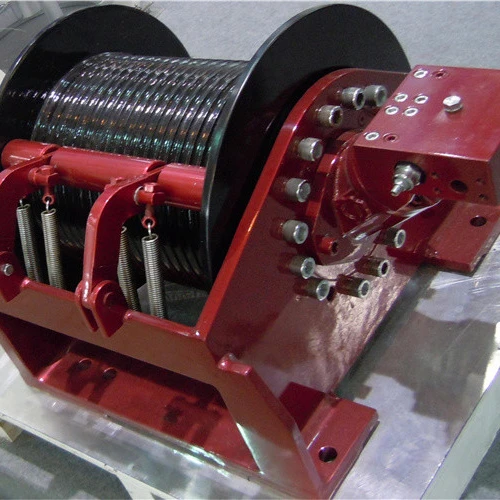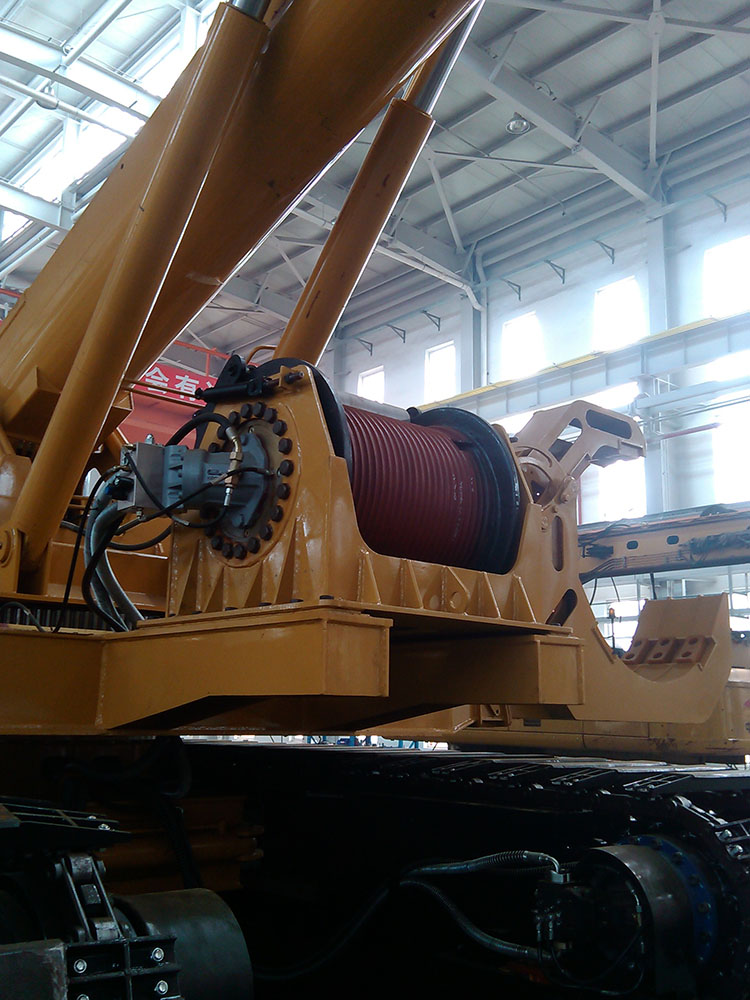Hydraulic Powered Winch – Reliable Heavy Lifting Solutions for Industry & Relief
What Is a Hydraulic Powered Winch and Why It Matters Globally
In the vast world of mechanical lifting and pulling devices, hydraulic powered winches stand out as robust, dependable workhorses. But why should you care? Simply put, these machines solve a universal challenge: moving heavy loads safely and efficiently, often in challenging environments. Whether it's a remote construction site, a post-disaster relief zone, or an industrial plant deep in the woods, the ability to quickly deploy reliable winches powered by hydraulic systems can make a drastic difference in productivity and safety. Understanding hydraulic powered winches means embracing a technology that supports global infrastructure development, emergency response, and industry modernization.
Mini takeaway: Hydraulic powered winches are more than just mechanical pulleys — they're enablers of critical work worldwide, solving heavy lifting challenges where electricity or manual labor fall short.
The Global Relevance of Hydraulic Powered Winches
Globally, heavy lifting equipment markets are projected to grow steadily, driven by urbanization, infrastructure expansion, and industrial diversification, according to ISO standards and World Bank reports. Hydraulic powered winches, in particular, find significance in harsh or power-scarce regions due to their efficiency and adaptability. For example, in parts of Africa and Southeast Asia, the absence of reliable electric grids makes these hydraulic systems vital for mining, logging, and construction.
But let’s not forget the challenges they address. Traditional mechanical or electric winches sometimes fail under extreme loads or environmental constraints, especially where power supply is inconsistent. Hydraulics offer a flexible, high-torque solution that’s also easier to maintain in these tough conditions.
Mini takeaway: Global trends toward industrial growth and disaster resilience make hydraulic winches far from niche — their importance is only growing.
Hydraulic Powered Winch: Definition & Industry Connections
At its core, a hydraulic powered winch is a mechanical device that winds cable or rope to haul or lift a load, using hydraulic power generated by a pump, typically driven by an engine or electric motor. The hydraulic system multiplies force, allowing for high torque and smooth operations even under heavy strain.
These winches are central in industries ranging from marine shipping and offshore oil rigs to forestry, construction, and disaster relief logistics. The humanitarian world benefits too: hydraulic winches help move debris, facilitate rescue operations, or transport supplies efficiently where portability and power are essential.
Key Components of Hydraulic Powered Winches
1. Durability in Harsh Environments
Hydraulic powered winches are designed with rugged materials, such as heavy-gauge steel and corrosion-resistant coatings, making them perfect for marine or outdoor applications where salt, moisture, and dust prevail.
2. Scalability and Power Output
Available in a range of sizes and load capacities, these winches can be customized from small-scale workshop tools to massive industrial-grade equipment. This scalability allows them to perform niche tasks or massive material handling.
3. Precision and Control
Hydraulic systems provide excellent control over speed and force, crucial for delicate or dangerous lifts. Operators can modulate cable tension finely, reducing sudden jerks or failures.
4. Cost Efficiency and Maintenance
Though initial investment is often higher than an electric winch, hydraulic systems typically require less frequent repairs and enjoy longer service lives, especially in environments where electrical hazards or dust could unravel other technologies.
5. Easy Integration with Mobile Platforms
Because hydraulic power can come from vehicle PTOs (Power Take-Offs) or portable pumps, winches are commonly mounted on trucks, cranes, or other mobile machinery — making them highly versatile in the field.
Mini takeaway: Whether it’s solid build quality or refined control, these core aspects make hydraulic winches dependable across countless demanding applications.
Real-World Applications Around the Globe
- In Construction: Hydraulic winches assist crane operations and material hoisting, particularly at sites without stable electric connections.
- Forestry Operations: Heavy timber pulling in remote areas depends on portable hydraulic winches to navigate rugged terrain.
- Disaster Relief and Humanitarian Aid: After earthquakes or floods, these winches are used to clear debris, rescue trapped individuals, or deliver essentials.
- Marine and Offshore: Ships and oil rigs utilize hydraulic-powered winches for anchoring, load handling, and safety-critical operations.
- Mining: Underground and open-pit mines demand winches capable of withstanding dust, moisture, and constant strain.
For instance, NGOs in Southeast Asia reported that hydraulic winches reduced setup time for temporary bridges and supply transport by nearly 40% during floods, a neat illustration of practical impact.
Advantages and Lasting Benefits of Choosing Hydraulic Winches
What’s appealing, honestly, is not just the raw power but the improved safety these systems bring. Hydraulic winches reduce manual labor intensity, lowering injury risk. Their consistent performance means fewer operational stoppages, translating into less downtime and better project timelines. The sustainability angle also emerges: hydraulic winches—if paired with energy-efficient pumps—can be greener alternatives to diesel-only systems.
Socially, using these winches in remote or emerging markets brings dignity and reliability to workers who might otherwise rely on outdated or unsafe tools. It’s a technology underpinning trust and professionalism.
Table: Typical Product Specifications for Hydraulic Powered Winches
| Specification | Typical Range | Remarks |
|---|---|---|
| Pulling Capacity (kN) | 10 – 350+ | Varies widely by model and application |
| Cable Length (m) | 50 – 300 | Dependent on drum size |
| Operating Pressure (bar) | 100 – 350 | Hydraulic system standard ranges |
| Control Type | Manual / Remote / Automated | Varies by sophistication |
| Weight (kg) | 50 – 1000+ | Based on size and materials |
Comparing Key Vendors of Hydraulic Powered Winches
| Vendor | Load Capacity Range | Technological Strength | Global Reach | Price Tier |
|---|---|---|---|---|
| LS Winch Co. | 10–350 kN | Advanced hydraulic modulation, remote controls | Strong Asia & Europe presence | Mid to High |
| HydroLift Tech | 25–300 kN | Focus on durability, marine-grade materials | North America & Australia | High |
| EcoWinch Systems | 15–250 kN | Green energy integration, automated controls | Europe & Africa emerging markets | Mid |
Looking Ahead: Trends Shaping Hydraulic Winch Technology
There’s a quiet revolution underway in winch tech. Increasingly, manufacturers are embedding smart sensors to monitor stress and anticipate maintenance needs. The move toward green hydraulics — using bio-based fluids and energy recovery systems — is gaining momentum as environmental regulations tighten. Automation also promises to redefine safety and efficiency; it’s not far-fetched to imagine fully remote-operated winches on offshore rigs in the coming decade.
Another tidbit I find fascinating is the integration of compact designs that don’t sacrifice power, which helps in situations where space is tight or mobility is critical — like disaster zones or urban construction.
Challenges Faced and How Experts Are Solving Them
Despite their robustness, the biggest sticking points for hydraulic powered winches are fluid leaks, complexity in hydraulic system upkeep, and initial capital cost. But engineers have been developing quick-connect fittings and sealed hydraulic units that cut downtime significantly. Training operators on proper inspection routines goes a long way too.
Innovations in modular pump designs are making repairs more plug-and-play, which is a big boon in remote areas where specialized technicians aren’t always available.
Frequently Asked Questions About Hydraulic Powered Winches
- Q1: How does a hydraulic powered winch differ from an electric winch?
- A1: Hydraulic winches use pressurized fluid to generate force, allowing for higher torque and smoother control in demanding environments. Electric winches rely on motors and are typically less durable in wet or dusty conditions.
- Q2: What maintenance does a hydraulic powered winch require?
- A2: Regular inspection of hydraulic lines for leaks, monitoring fluid levels, and servicing seals and pumps are essential. Preventative maintenance keeps systems running smoothly and extends their lifespan.
- Q3: Can hydraulic powered winches be used in remote locations without electricity?
- A3: Absolutely. They often draw power from vehicle-mounted pumps or portable engines, making them perfect where grid power is unavailable.
- Q4: Are hydraulic powered winches safe to operate around people?
- A4: Yes, provided operators follow safety guidelines, use proper guards, and leverage control systems that allow precise handling to avoid accidents.
- Q5: How customizable are these winches for specific industries?
- A5: Very. Winches can be tailored in capacity, control type, cable length, and mounting options to suit everything from marine applications to forestry and emergency response.
Conclusion: Why Hydraulic Powered Winches Will Keep Pulling Us Forward
It’s clear that walking away from such versatile, powerful equipment is simply not on the cards for most industries — nor should it be. Hydraulic powered winches blend power, precision, and adaptability in ways that keep up with the toughest demands worldwide. Investing in these systems reflects a commitment to safety, sustainability, and operational excellence.
If you want to explore options and get equipped with the latest in hydraulic powered winches, check out hydraulic powered winch solutions tailored to your needs. After all, it’s about working smarter — and lifting heavier — no matter where you are.
References:
-
Double Drum Hydraulic Winch – Durable, Efficient Load Handling SolutionsNewsNov.25,2025
-
Hydraulic Drum Winches: Powering Heavy Lifting with Precision and DurabilityNewsNov.24,2025
-
Hydraulic Driven Winch – Reliable Heavy Lifting Solutions for Industry & ReliefNewsNov.24,2025
-
Hydraulic Crane Winch – Powerful & Precise Heavy Lifting Solutions | LBS WinchNewsNov.23,2025
-
Electric Over Hydraulic Winch: Efficient, Durable Lifting Solutions for Modern IndustryNewsNov.23,2025
-
Hydraulic Logging Winch Guide | Global Applications & InnovationsNewsNov.22,2025


